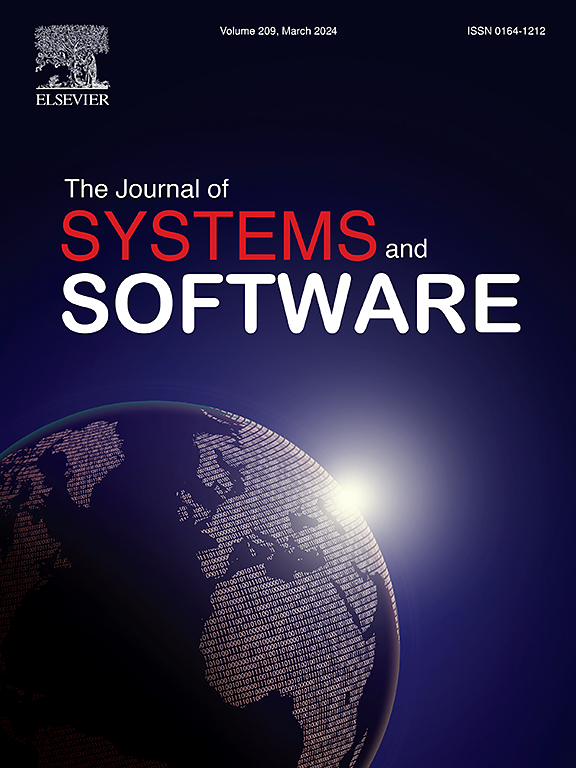Andrea Burattin
Associate Professor
Technical University of Denmark
White-box validation of quantitative product lines by statistical model checking and process mining
R. Casaluce, A. Burattin, F. Chiaromonte, A. Lluch Lafuente, A. Vandin
Abstract

We propose a novel methodology to validate software product line (PL) models by integrating Statistical Model Checking (SMC) with Process Mining (PM). We consider the feature-oriented language QFLan from the PL engineering domain. QFLan allows to model PL equipped with rich cross-tree and quantitative constraints, as well as aspects of dynamic PLs such as the staged configurations. This richness allows us to easily obtain models with infinite state-space, calling for simulation-based analysis techniques, like SMC. For example, we use a running example with infinite state space. SMC is a family of analysis techniques based on the generation of samples of the dynamics of a system. SMC aims at estimating properties of a system like the probability of a given event (e.g., installing a feature), or the expected value of quantities in it (e.g., the average price of products from the studied family). Instead, PM is a family of data-driven techniques that uses logs collected on the execution of an information system to identify and reason about its underlying execution process. This often regards identifying and reasoning about process patterns, bottlenecks, and possibilities for improvement. In this paper, to the best of our knowledge, we propose, for the first time, the application of Process Mining (PM) techniques to the byproducts of Statistical Model Checking (SMC) simulations. This aims to enhance the utility of SMC analyses. Typically, if SMC gives unexpected results, the modeler has to discover whether these come from actual characteristics of the system, or from bugs in the model. This is done in a black-box manner, only based on the obtained numerical values. We improve on this by using PM to get a white-box perspective on the dynamics of the system observed by SMC. Roughly speaking, we feed the samples generated by SMC to PM tools, obtaining a compact graphical representation of the observed dynamics. This mined PM model is then transformed into a mined QFLan model, making it accessible to PL engineers. Using two well-known PL models, we show that our methodology is effective (helps in pinpointing issues in models, and in suggesting fixes), and that it scales to complex models. We also show that it is general, by applying it to the security domain.
Paper Information and Files
In Journal of Systems and Software, vol. 210 (2024).
- DOI: 10.1016/j.jss.2024.111983
- BibTeX: see at DBLP
- Download text 2024 The Author(s). Published by Elsevier Ltd. This is an open access article under the CC-BY 4.0 license (https://creativecommons.org/licenses/by/4.0/).
General rights
Copyright and moral rights for the publications made accessible in the public website are retained by the authors and/or other copyright owners and it is a condition of accessing publications that users recognise and abide by the legal requirements associated with these rights.
- Users may download and print one copy of any publication from the website for the purpose of private study or research.
- You may not further distribute the material or use it for any profit-making activity or commercial gain.
If you believe that this document breaches copyright please contact us providing details, and we will remove access to the work immediately and investigate your claim.